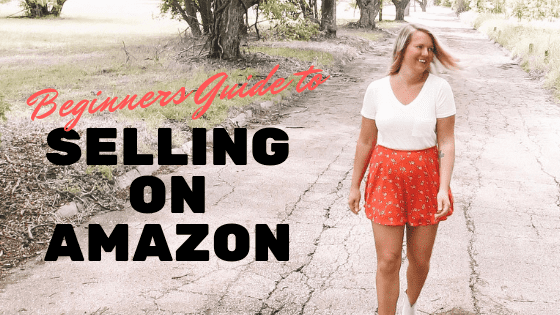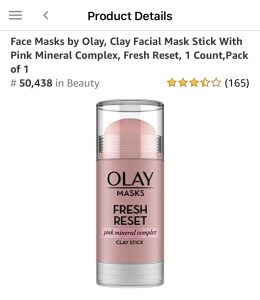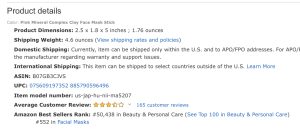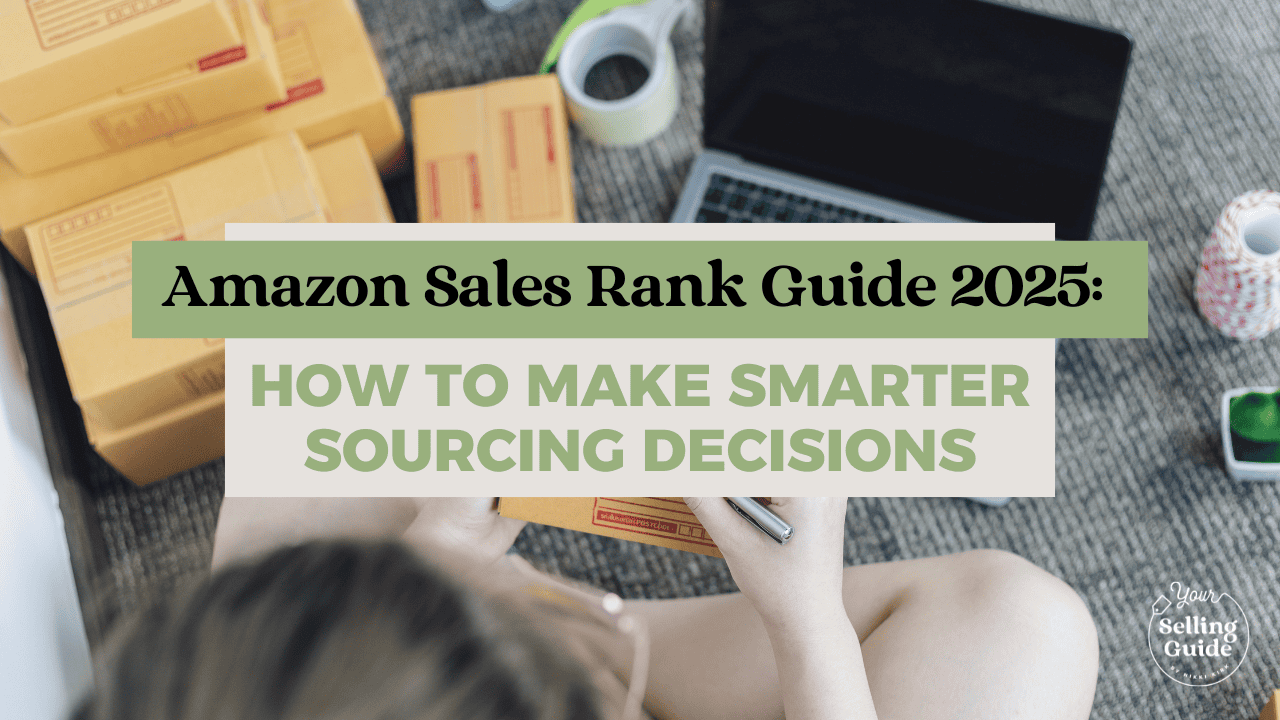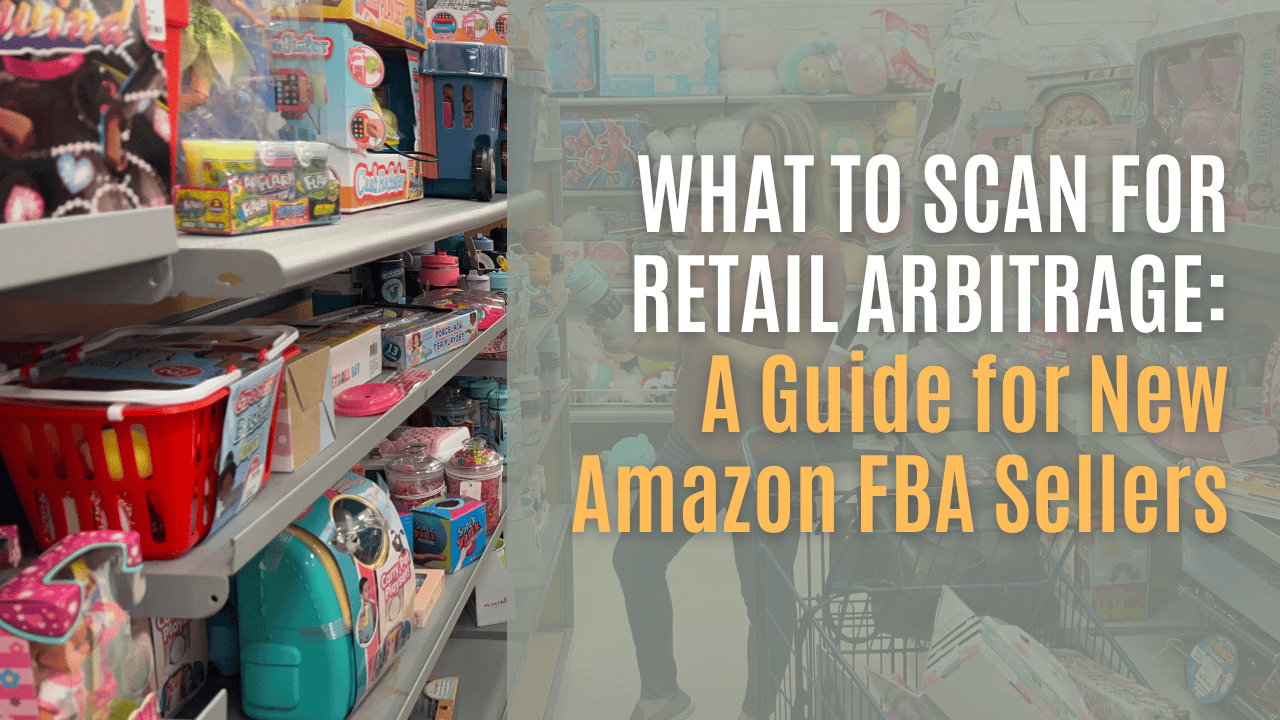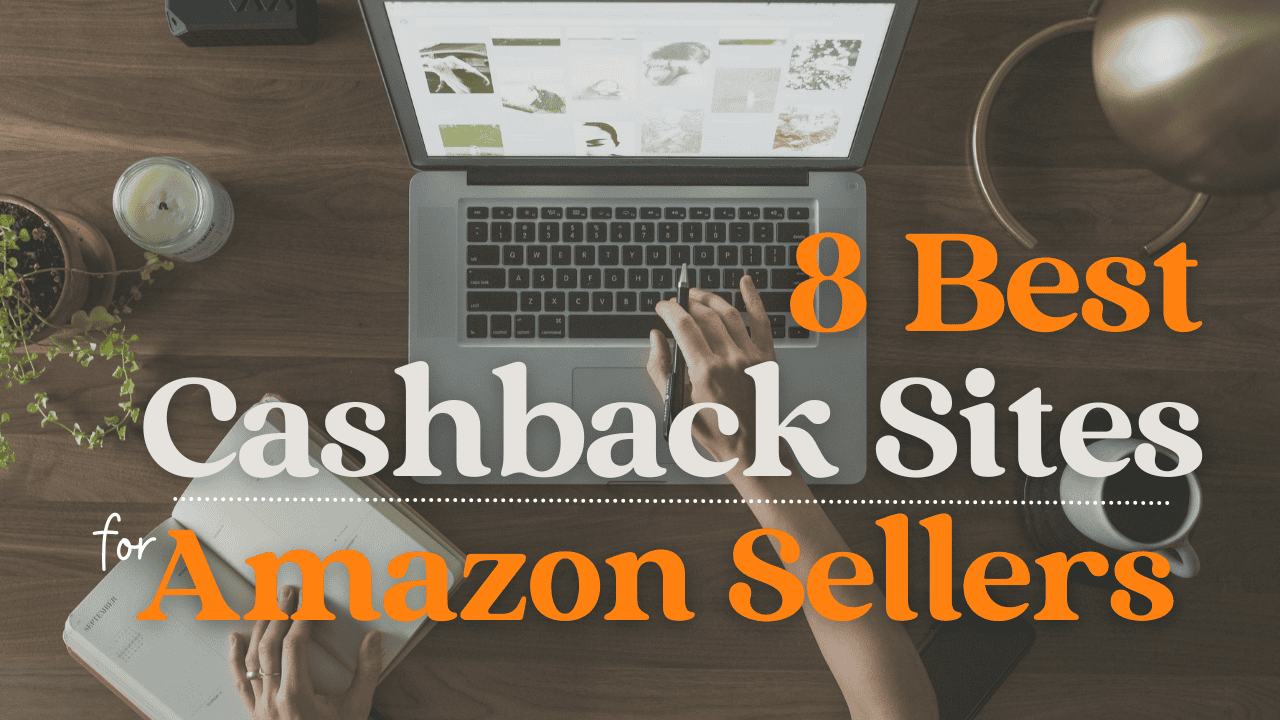You took the plunge and set up your Amazon seller account. You are probably asking yourself, now what!? Below I will answer the questions I get asked the most and hopefully help you feel not so lost as you get started with your Amazon FBA Business.
What is Retail Arbitrage and how does it work?
Retail Arbitrage is when sellers buy from regular retail stores, think Walmart or Target, and resell it on Amazon for a profit. It might not seem like it would work, but it really does.
I have been doing it for two years now and my profits and sales continue to increase. I am always finding new products to sell and hidden gems in the clearance aisles and even the regular priced aisles!
It works because not all items are so easily found in all locations. Something you might find year round in sunny Florida might be out of stock in another part of the country. Or, simply because items in your location are on sale when others aren’t.
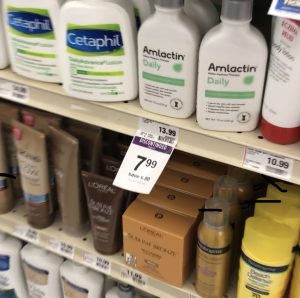
Sounds crazy, but I used to sell insoles that I found in a clearance aisle in one Walmart which was a brand new product that had just launched. I guess that store just didn’t want to make room in their main aisle.
Retail Arbitrage is the form of Amazon Selling that I do, as learned from my Beginner FBA Course. I highly, highly recommend buying the course because it breaks down every aspect of selling on Amazon, from account set up, shipping products, and how to get money back that Amazon might owe you.
Read more about it here.
Understanding Sales Rankings:
Each Amazon category is different. A Health & Household item ranked 74,000 will sell 90 units a month, but an item in the Baby category with the same rank will sell less than 5 a month.
A lower number ranking means a higher number of sales. Example: An item ranked #1 in any category is the Best Seller.
As outlined above, you cannot always assume that everything with a rank of 50,000 will be great because depending on the category, it could be lower than 5 sales a month.
Let’s look at another example:
• An item with a rank of 50,000 in Home & Kitchen sells upwards of 240 a month.
• An item with a rank of 50,000 in Electronics sells less than 5 a month.
Here is where to see the Amazon Ranking in both the Seller App or on Amazon.com
*When looking on Amazon.com, you ONLY care about the main (first listed) category ranking.
To find out how many items you will sell at any rank I recommend using Jungle Scouts Free Estimator Tool. I use this while shopping in store all the time.
How To Find Profitable Items:
Scan, Scan, Scan. Starting out, I scanned up and down the Walmart clearance aisles, all over Ross & Marshalls, and the Target toy aisles. If you have a local discount or outlet type grocery store, scan there!
I always recommend each item you buy to at least profit you $5 and I still go by that guideline to this day. I try to spend no more than $15 on an item, with under $10 being the real sweet spot.
When you start out – Scanning can take hours and you might not find anything. It can be hard and discouraging to new sellers, but keep scanning! It does get better and you WILL find things.
BOLO = Be On The Lookout.
To help you save time and give you items to look out for, I started a Retail Arbitrage BOLO Group where you will have access to a large list of items that are profitable to look out for.
Click here to join and read more.
How Many Do I Purchase?
Once you know the rank, you can take a better look to see how many units you should purchase.
To figure out how many units you should purchase, take a look at how many other PRIME sellers are on the listing. Sellers who are not PRIME will be less likely to gain the buy box and so are not looked at as a competitive seller.
Once you have your monthly sales estimate from Jungle Scout, you can take that number and divide it by the number of prime sellers, plus one (to account for you coming onto the listing).
Example: This item has a rank of 41,100 in beauty and Jungle Scout estimates 180 sales a month. 5 prime sellers + 1 for you = 6. 180 units / 6 sellers = 30 sales a month you can expect to see.
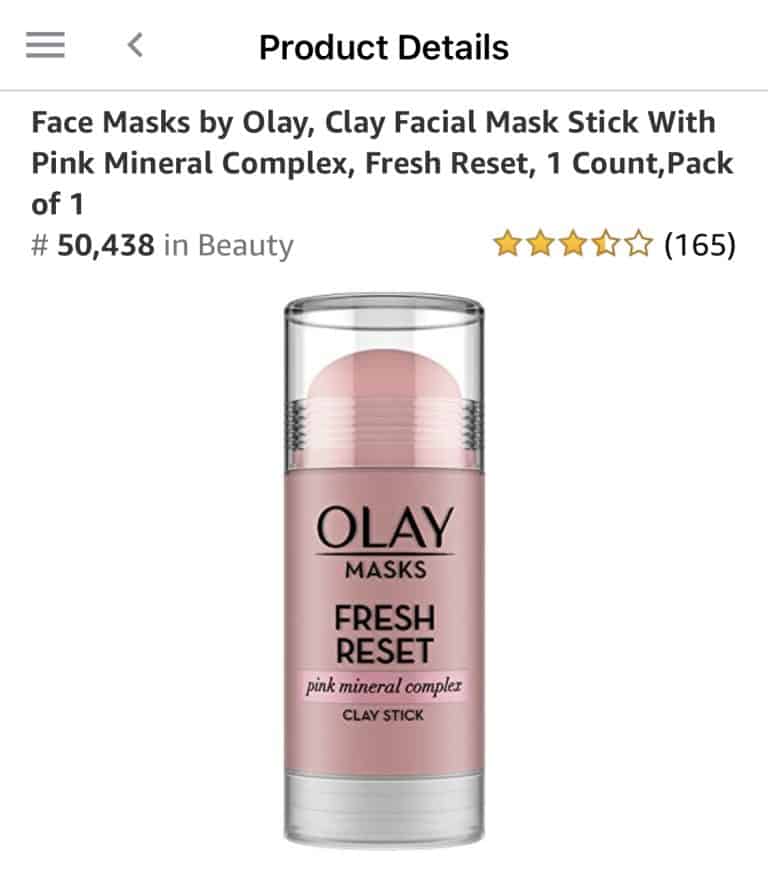
This is just a rough estimate to help you on the way to knowing what to buy. If everything checks out rank wise, I usually buy 6-8 of an item to start and see how it goes. You will learn your comfort levels as you go along.
Ready to Get Started!?
Check Out The Beginner FBA Course Today!
This is part one of my Beginners Guide.
Stay tuned for part two where I will cover packing your shipments, what happens when your stock gets to Amazon, and when you get paid!
Subscribe to my newsletter below to get part two and all other updates from me straight to your inbox.
